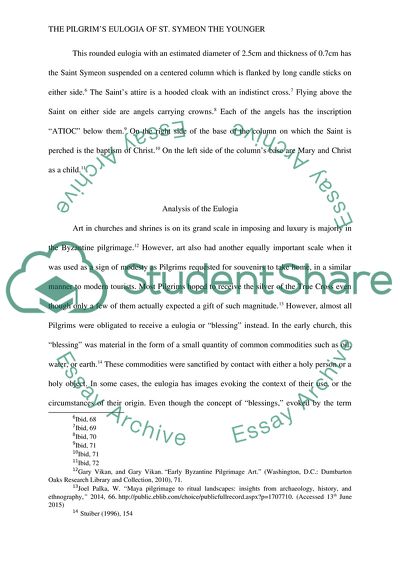Cite this document
(The Pilgrims Eulogia of St. Symeon the Younger Assignment, n.d.)
The Pilgrims Eulogia of St. Symeon the Younger Assignment. https://studentshare.org/visual-arts-film-studies/1880216-analyze-early-medieval-art
The Pilgrims Eulogia of St. Symeon the Younger Assignment. https://studentshare.org/visual-arts-film-studies/1880216-analyze-early-medieval-art
(The Pilgrims Eulogia of St. Symeon the Younger Assignment)
The Pilgrims Eulogia of St. Symeon the Younger Assignment. https://studentshare.org/visual-arts-film-studies/1880216-analyze-early-medieval-art.
The Pilgrims Eulogia of St. Symeon the Younger Assignment. https://studentshare.org/visual-arts-film-studies/1880216-analyze-early-medieval-art.
“The Pilgrims Eulogia of St. Symeon the Younger Assignment”. https://studentshare.org/visual-arts-film-studies/1880216-analyze-early-medieval-art.


